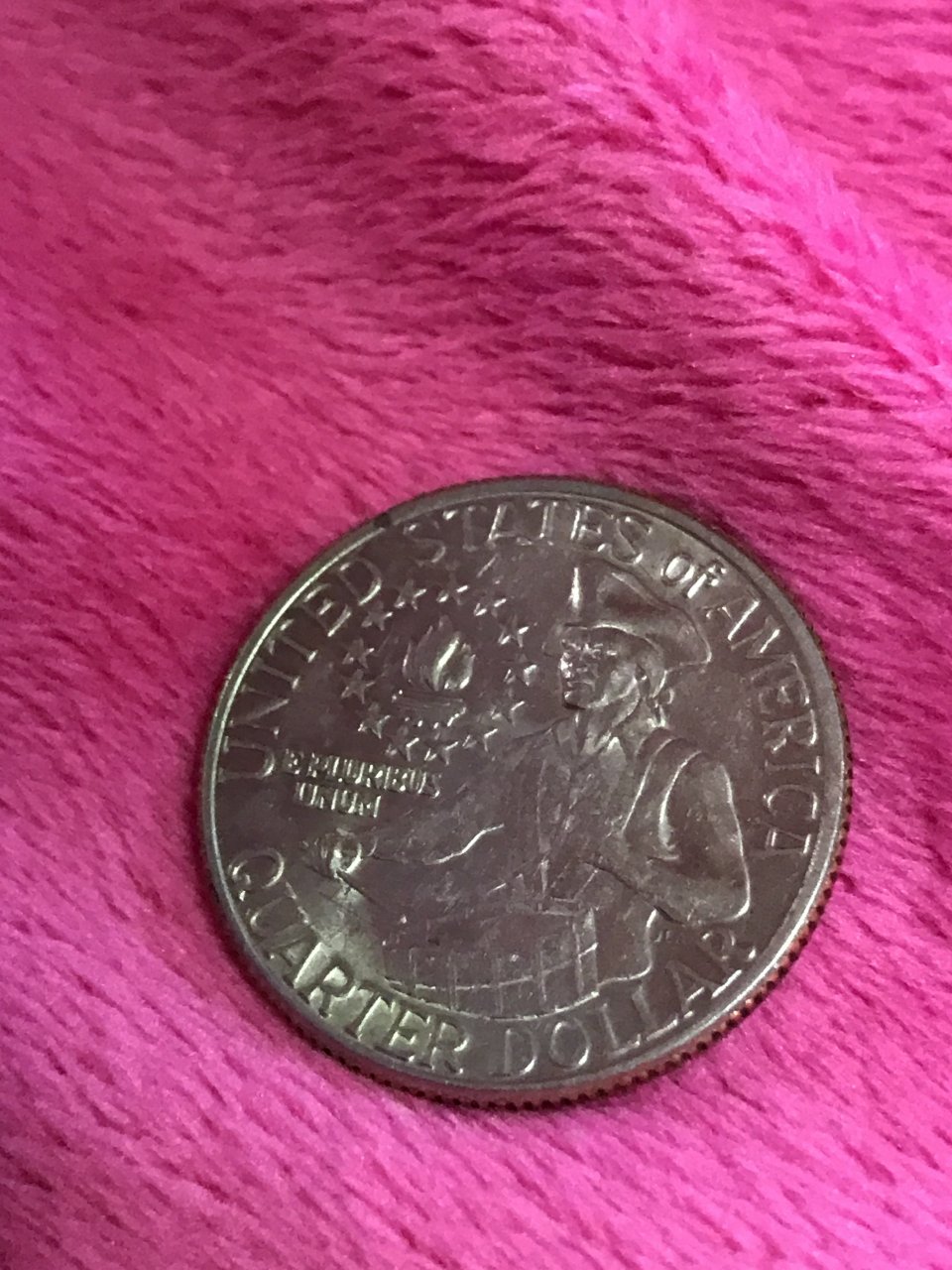E Pluribus Unum Coin
The Liberty Head Nickel represented the second design for the newly introduced nickel denomination. The new type was introduced in 1883 and struck until 1913. Interestingly, both the first and last years of the series are a source of numismatic intrigue. Liberty Nickels were mostly produced at the Philadelphia Mint with production of the denomination added, for the first time, at the Denver and San Francisco Mints in 1912. Most issues of the series are readily attainable, except for three lower mintage issues, and the final issue, which only has five examples known.
The coin sold at the Heritage Auction was the finest example of this issue. The obverse (or reverse depending on who you ask) is rather similar to the reverse of the 1788 Massachusetts Cents, and was adapted from the Great Seal of the United States. Near the rim is the motto E PLURIBUS UNUM. Details about 1900 E Pluribus Unum One Dollar Coin RARE. 1900 E Pluribus Unum One Dollar Coin RARE. Item Information. Condition:-not specified. Price: US $250.00. No Interest if paid in full in 6 mo on $99+Opens in a new window or tab. No Interest if paid in full in 6 months on $99+. The reverse (tails) design depicts a Mother and Baby fruit bat. Inscriptions are “NATIONAL PARK,” “AMERICAN SAMOA,” “2020,” and “E PLURIBUS UNUM.” This will be the 51st quarter released as part of the United States Mint America the Beautiful Quarters® Program. Find more in our Quarter Program Category.
The obverse text on the Morgan Dollar reads “Liberty; E Pluribus Unum; 1896.” The reverse text on the Liberty dollar reads “United States of America; In God We Trust; One Dollar.” The obverse of the silver one dollar coin has a bust of a female facing the left wearing a cap and small crown, with flowers tucked in her hair and stars. See full list on thesprucecrafts.com.

E Pluribus Unum Coin 1900
The nickel denomination had been struck together with the half dime from 1866 to 1873. After the Mint Act of February 12, 1873 came into effect, the half dime denomination was discontinued and the nickel remained the only representative of the five cent denomination. The Shield Nickel design ended in 1883, the same year the Liberty Nickel designed by Charles Barber was introduced.
E Pluribus Unum Coin
The obverse features a rending of Liberty, with a coronet containing the word LIBERTY and wheat and cotton woven into her hair. There are thirteen stars surrounding the image, with the date below. On the reverse of the coin is a large Roman numeral “V” surrounded by an agricultural wreath composed of ears of corn and wheat, and bolls and leaves of cotton. The legend UNITED STATES OF AMERICA is around and E PLURIBUS UNUM is under the wreath. This design, as originally struck in 1883, carried no mention of the denomination.
The unspecified denomination led some of the new nickels to be gold-plated and passed off as $5 gold pieces. Some people accepted these, believing that they were genuine gold coins and worth $5 instead of 5 cents. The Mint soon caught the problem, and later in 1883 the reverse of the Liberty Nickel was changed. The motto E PLURIBUS UNUM was moved above the wreath and in its former place the word CENTS was added. This design was used for the duration of the series.
Pluribus Unum Coin Value
There are five known 1913 Liberty Nickels, and numismatists have been intrigued with them ever since their discovery. Illegally created either by or for Mint employee William Brown, they were never meant to exist. However, they are now considered by some to be regular issues. In this scenario, only five complete Liberty Head Nickel sets could be completed at the same time. This fact and the special circumstances of the coins creation, make most collectors correctly indicate them as fantasy pieces and not a regular US mint issue.